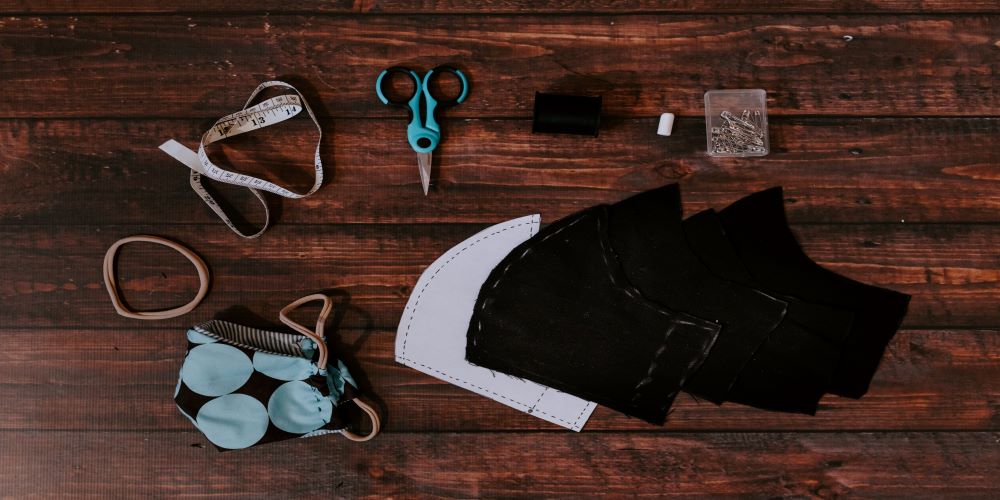The Center for Disease Control(CDC) has recommended wearing a mask as one of the main ways to avoid contracting and spreading respiratory, infectious, and airborne communicable diseases and infections. A mask does not have to be the Teflex PTFE Nano mask or the N95 respirators; it can be a homemade mask, although the earlier are perfect protection options. Homemade masks are efficient and easy to make. Here are some materials you can use to make a homemade mask:
Cotton fabric is the ideal cloth to use for your mask. This is because it is washable, and most importantly, it is a breathable material. You do not want to use a fabric that will leave you feeling suffocated and short of breath. Cotton allows air and gases to pass through easily while also trapping particles such as dust and foreign materials such as pathogens. Cotton can also be washed and dried without damage. Any cotton fabric can be used, be it from a bedsheet, scarf, or just a t-shirt. The CDC also recommends that a homemade mask should have at least two layers of fabric. Therefore, getting or cutting out two cotton fabric pieces for your homemade mask would be the best choice.
Polypropylene bags are trendy for their everyday use as shopping bags. They can also be used to make a homemade mask. They are durable, easily accessible, and useful filters. A two-layered mask from this material is a good filter for virus sized particles. Polypropylene is also very breathable, and it can make a three-layered mask which acts as better protection. This material is reusable, and it can be washed a few times and still maintain its efficiency.
Paper Tissue material can act as a good filter material for your mask. You can fold and insert paper tissue in your mask’s pocket, to give you maximum protection. You only need to put a new paper tissue every day and after you wash your mask. It is safe to breathe through it and goes a long way to provide that extra protection.
Elastic rubber bands, strings, or cloth strips are all excellent materials you can use as the straps to secure your mask. Elastic bands and strips are a better option since they are adjustable and stretch accordingly.
A needle and thread are readily available materials. They can substitute a sewing machine for all those who do not own one.
Pins are useful materials when it comes to fastening or securing a homemade mask. You can secure any loose or sagging areas on your mask with as quickly as attaching a pin, without the hassle of stitching or sewing. So, those bobby pins in your drawers can come in handy at this situation.
Homemade masks are easy to make, using locally found materials. Owning a mask does not need to cost you a fortune; all you need to do is grab what is within your reach and make the best of it to protect yourself and others.
